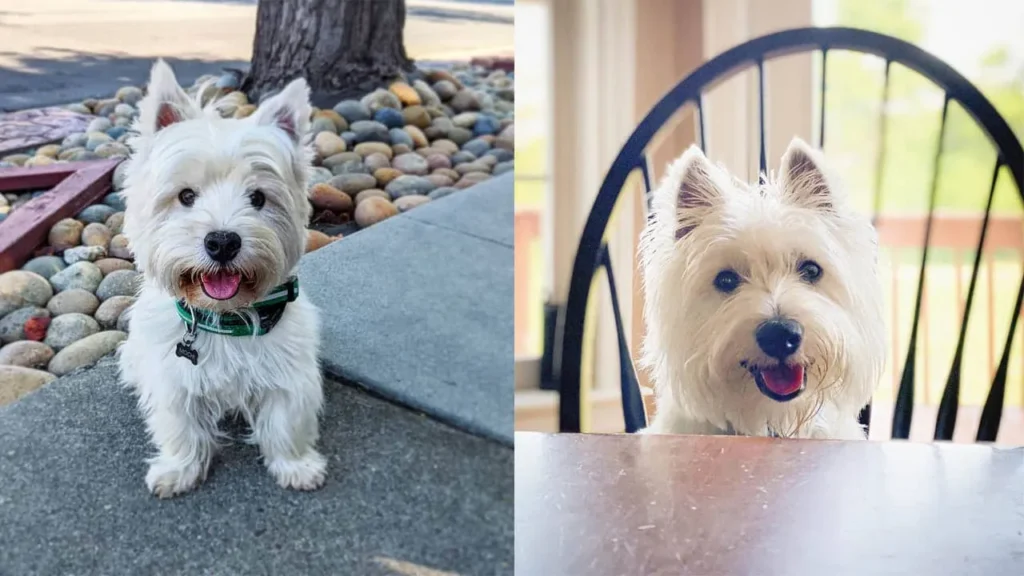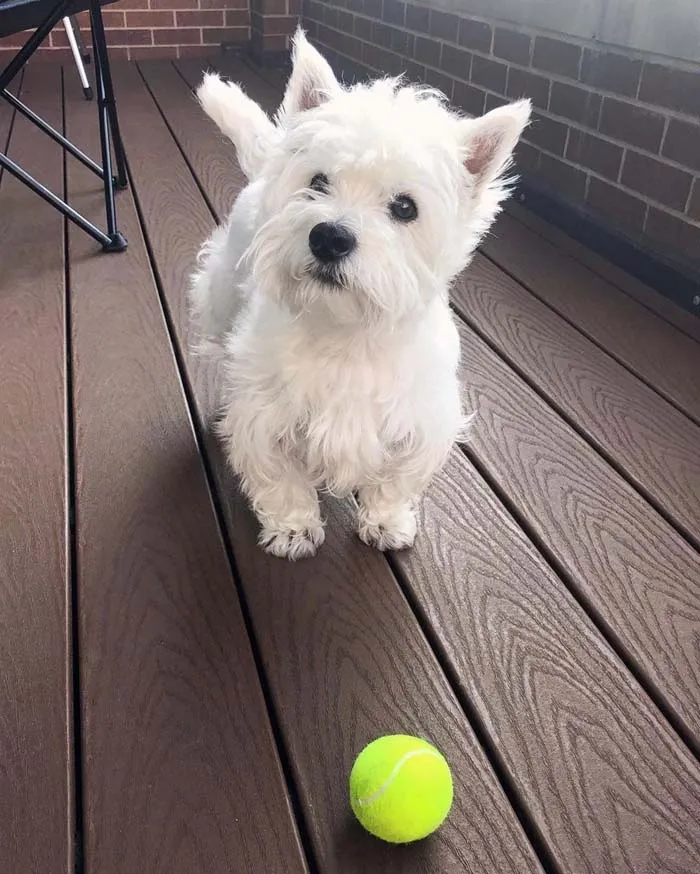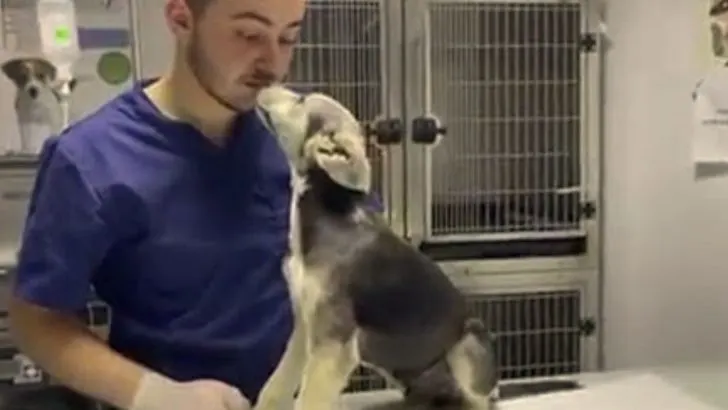While westie training is one of the most vital duties of a pet owner, getting positive effects is certainly not impossible.
It’s not difficult as well given that this breed is naturally easy to train. Training westies must be enjoyable both for you and your dog for it is during this period that he learns matters essential for him to become well-behaved.
Furthermore, training is also a great opportunity for you to learn more about each other thus strengthen the owner-pet relationship.
Here are a few ideas you might want to think about to attain successful westie training:

PREPARATION FOR WESTIE TRAINING
Similar to having a trip, westie training requires careful planning and preparation.
As owner, it is your job to learn more about the breed, their traits and what training strategy would work best according to their characteristics.
You can ask for suggestions from other breed owners in your neighborhood or search the internet for sites, forums or online communities specially dedicated to westies.
Additionally, it is also important that you’re committed to reach your goals.
If you’re not sure whether or not you can provide the training and care a pet requires, then pet ownership is probably not for you.

PREPARING YOUR DOG
Naturally, the dog needs to prepare for training as well. He should be physically fit in order to go through training, be it training for basic obedience or housebreaking.
An ill or nervous dog won’t learn effectively hence it is necessary to consider their present condition before training starts.
STARTING SIMPLE

It is not a good idea to include complex lessons during the first few days of westie training.
Start off with socialization to get him familiar with the new atmosphere he is into. During socialization period, you need to start housebreaking him as well.
Then tackle basic commands one at a time. You can work with come command after he has mastered the command sit.
Spend a few days training every command and avoid training multiple commands during a period for it will only confuse him.
REWARD

Many dog owners and experts encourage the use of positive training due to the fact that it’s viewed as the most gentle and effective technique.
Positive training includes giving of rewards for every good behavior shown. This is to motivate a dog to repeat the action he is being rewarded for.
Rewards could be anything your pet finds worthwhile like tasty treats, favorite toys, praise and time to play.
Giving of food treats ought to be regulated though to prevent weight problems and turning your pet into a food-dependent canine.
PUNISHMENT
Physical punishment will not do your four-legged friend any good. In fact, it can trigger issues including aggression and may cause your pet to be terrified of you.

Additionally, punishing him for every accident may cause him to do his thing in locations you are less likely to uncover, or worse, he’ll feel frightened of doing it.
TRAINING TIME
Training must not go beyond one hour each session. The ideal length of training ought to be about 20 minutes each session to prevent your dog from getting bored that may end in disappointment on your part.
DAILY ACTIVITIES
In order to help your pet learn the commands taught to him, it would be a good idea to use the commands in his daily activities.
Like for example if you’re currently teaching him the command sit, issuing the stated command just before placing his food dish on the floor or prompting him to sit when somebody is approaching can help him figure out that the command can be applied anytime, anywhere, not just in the confines of your living room where training took place.







